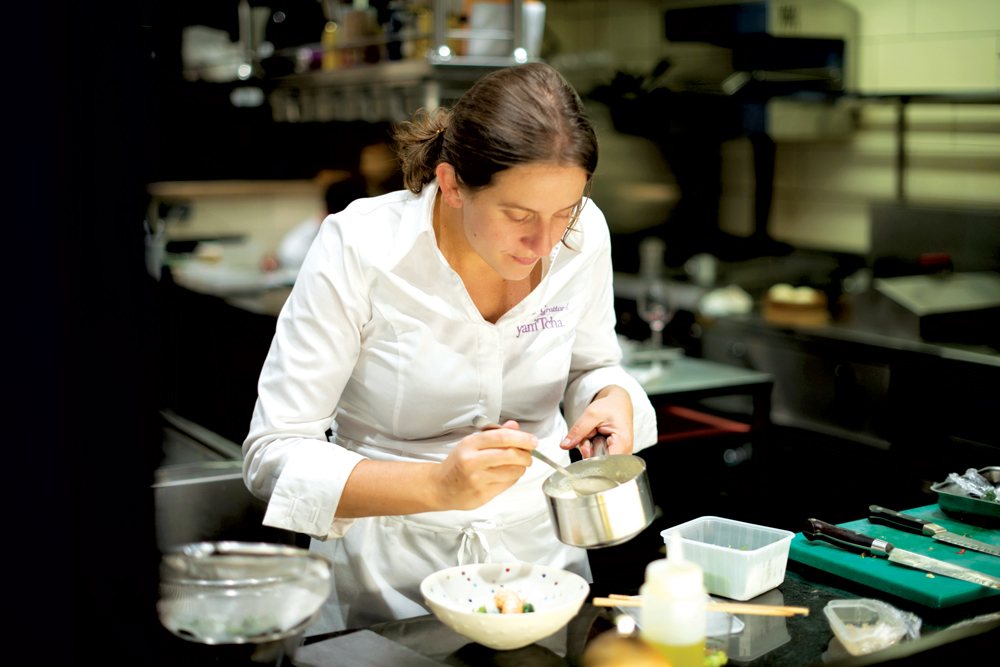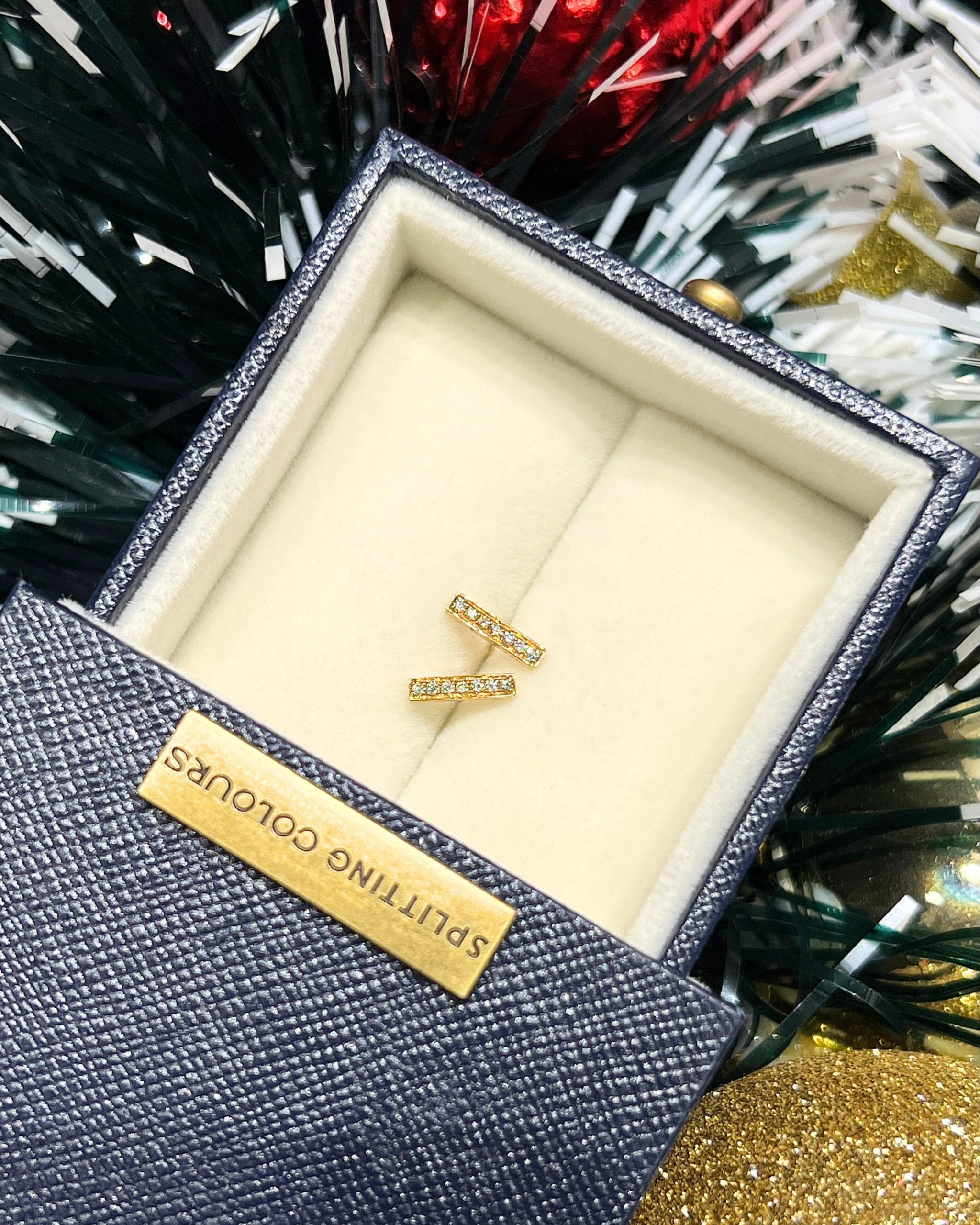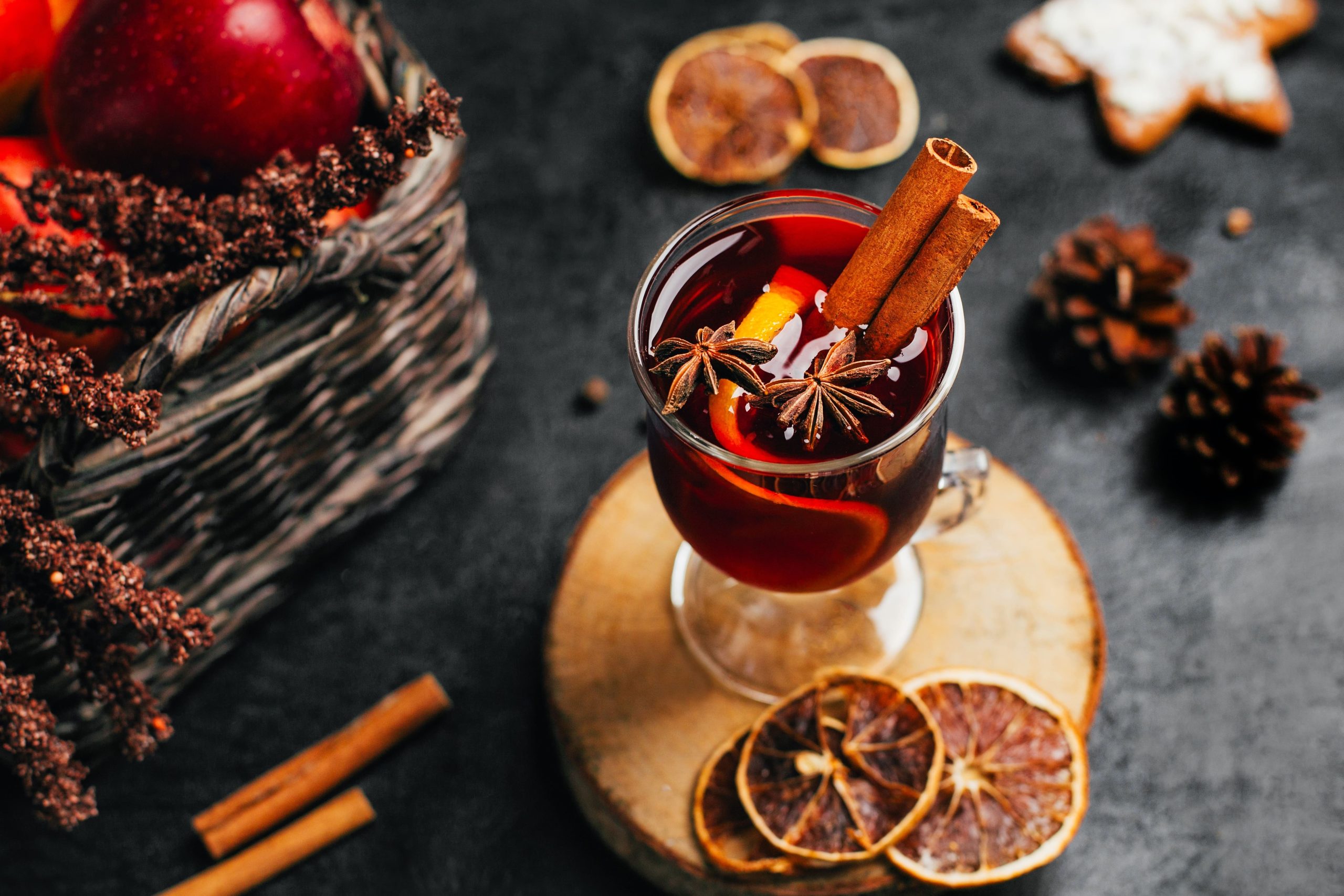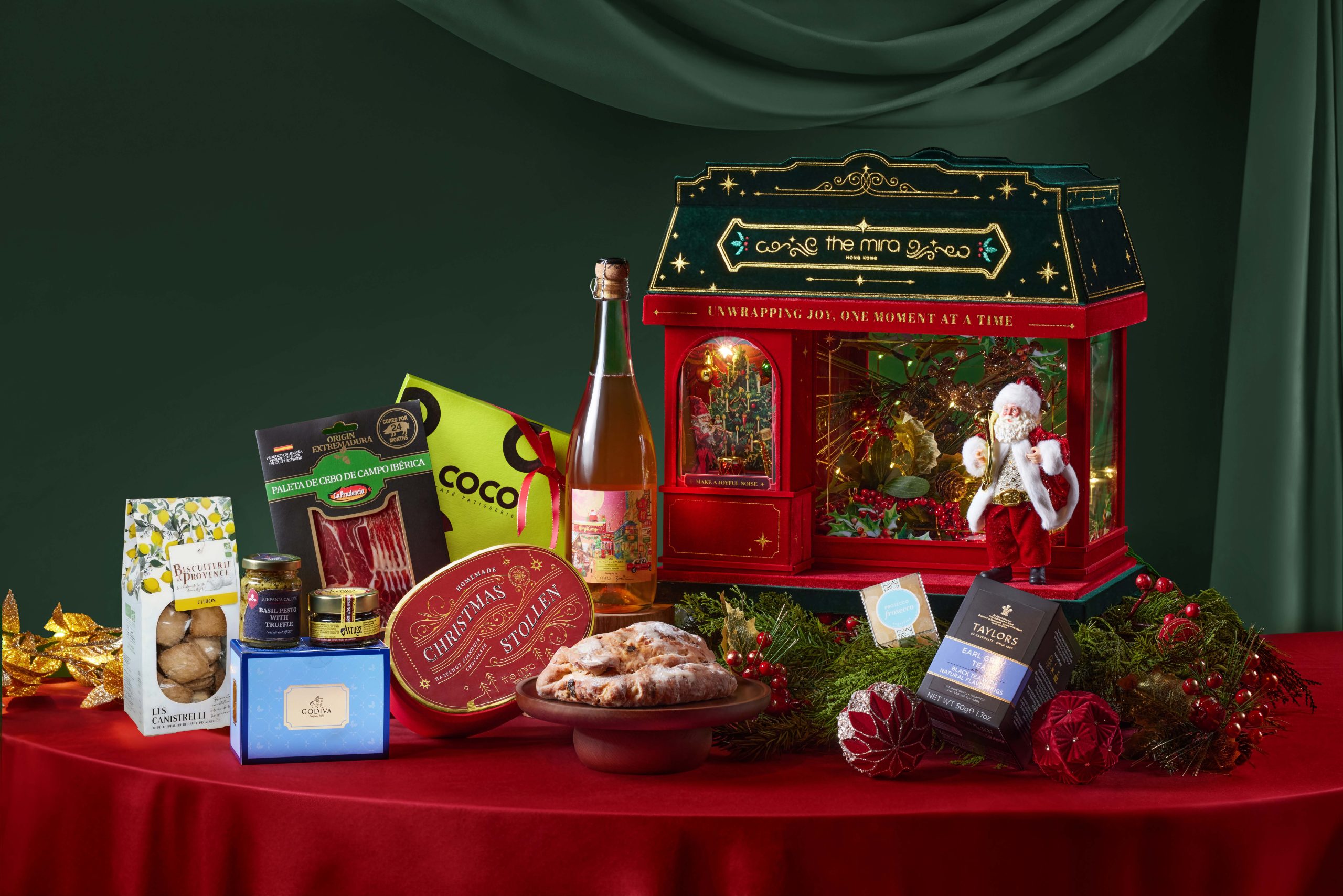
Tucked away in a side street in the 1st arrondissement of Paris, a minor culinary revolution is raging within the walls of Yam’Tcha. Owned by Chef Adeline Grattard, the establishment is a manifestation of the new philosophy among restaurateurs in France: do not re-create what has been done before but innovate, obeying whatever urge drives you.
The menu at Yam’Tcha is an extension of Grattard’s experiences and feelings. “Every day, I cook what I feel like eating, according to the weather or my mood”, she says. “You have to trust me and go for the set menu. I change it every day. I buy the best [ingredients] I can find and then I decide the recipe.”
The dishes on the set menu can be tweaked to suit the dietary requirements of the diner – a quality rarely found in a Parisian restaurant.
Grattard was born in Burgundy. She worked first for Chef Pascal Barbot at L’Astrance in Paris, which has three Michelin stars and is among the 50 best restaurants in the world, according to San Pellegrino. Then she moved to Hong Kong, where she worked amid the raucous clatter of the kitchen at Alvin Leung’s Bo Innovation.
It was in Asia’s World City that she discovered depths of flavour that continue to captivate her, but only after undergoing a transformation of her attitude. “I was too aggressive,” she says of her struggle to earn respect in the kitchen. “I had to change after a few months.”

Yam’Tcha is a celebration of two unusually matched cuisines: French and Chinese. Grattard enhances classic French ingredients such as foie gras, seafood and duck with Chinese elements; sauces from Szechuan, dry ingredients from Hong Kong and techniques from across China. The result is an experience unlike any other and worthy of its Michelin star.
The chef urges diners to try the Stilton and Amarena Bao. It is a true embodiment of East-meets-West, packed with sharp Stilton and a sweet, syrupy cherry. The bao is the epitome of fusion and thus the perfect symbol of Yam’Tcha, being unexpected and playful, yet inducing nostalgia. In one unassuming bun, Grattard tells the story of her life, combining the sweetness of her childhood with the sharp sophistication of her experience of French and Cantonese cuisine.
While Grattard works in her open kitchen, turning out her kaleidoscope of inspirations, her husband, Hong Kong-born Chi Wah Chan, greets customers of the tearoom that adjoins the restaurant. The large window for the sale of takeaway food makes the venue seem like a quaint bakery but the customers queue up for bao and tea rather than baguettes.
In few other restaurants around the world is it harder to reserve a table than at Yam’Tcha. A recent appearance on Netflix’s Chef’s Table France hasn’t made it any easier. The tearoom serves as the alternative for aficionados of Grattard’s creative bao, which are filled with surprising combinations such as Comté cheese and sweet onions, Basque pork and Szechuan eggplant, or pineapple and passion fruit.

Chan plays a crucial role in the business, buying and presenting the tea. He selects the highest quality leaves from small producers in mainland China and Taiwan, and serves the brew as a sommelier serves wine. He creates menus that match teas with certain dishes and does so to order. The service has been warmly received. “It was a very new concept,” says Grattard. “But people were curious, they want to discover and have a new sensation.”
The range of teas, much like the food menu, is at once rarefied and familiar. At one extreme is Tieguanyin, a treasured variety of oolong that goes through multiple stages of production. At the other is a perfectly sweetened Hong Kong milk tea. The purpose of the tea is to edify rather than intimidate the drinker – and, of course, to complement the drinker’s food.
Grattard has no plans to expand her restaurant, despite the heavy demand to dine there. “There is only one place for one concept. This is my point of view,” she says. “I prefer to improve on what I’ve started at Yam’Tcha.”





